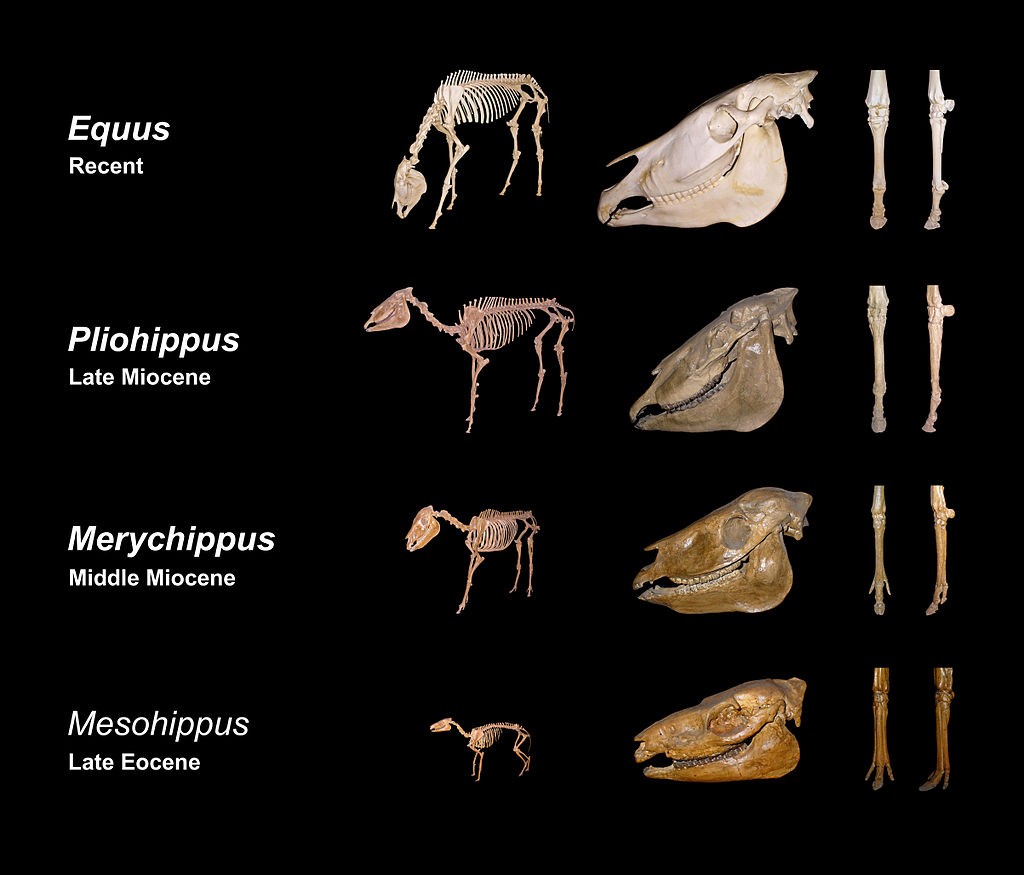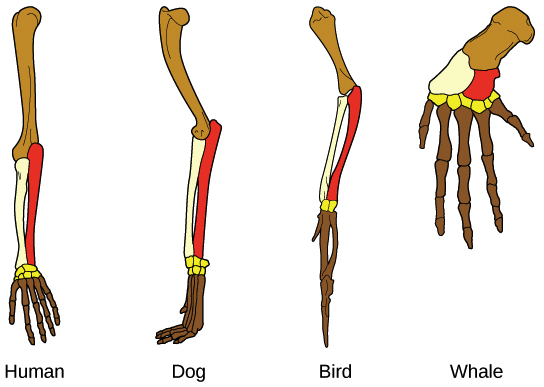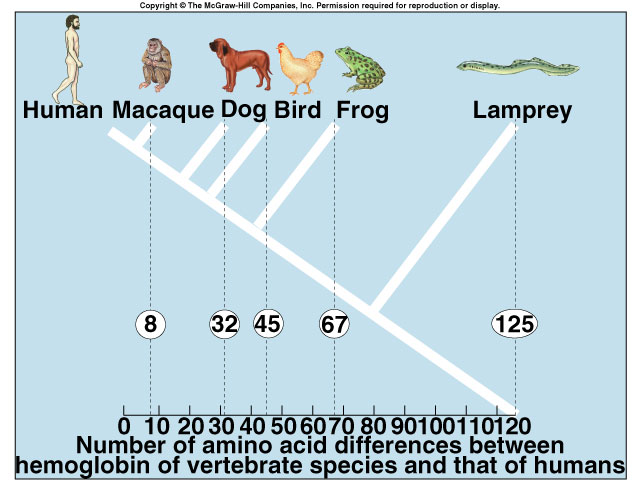Evolution is the changes in populations over time. Evolution leads to variations and new species.
Charles Darwin proposed this idea of descent by modification. Natural selection was what lead to evolution and adaptations. It is what produces change in a population, not an individual, over time. The fittest would survive and reproduce, passing on their more favorable traits to their offspring.
Evidence of evolution:
- Fossils show the change in the structures of the species.
- Anatomical structures show common ancestry. (Homozygous, vestigial, and analogous structures)
- Molecular evidence shows the similarities between DNA and amino acids.
- Embryology shows similar development of embryos which points to common ancestry.




Biogeography explains the reason for different species, which cannot fly or swim, are found on different continents. There used to be one body of land which shifted to create multiple. This leads to speciation, which is when one species develops into multiple (like Darwin’s finches).
Genetic variation is what introduces new traits and adaptations. The origin of these variations are DNA mutations. When genes flow between populations, this causes genetic variation.
Genetic drift is the random changes in an environment that can lead to a decrease in genetic variation.
Some examples of survival methods are camouflage and mimicry.
We must remember that while we are taught this in school, it still remains a theory and not a fact. Although natural selection is fact, evolution is not. For more information on what other people think about this topic, read a book by Lee Strobel called “The Case for a Creator”, or watch the documentary about it.